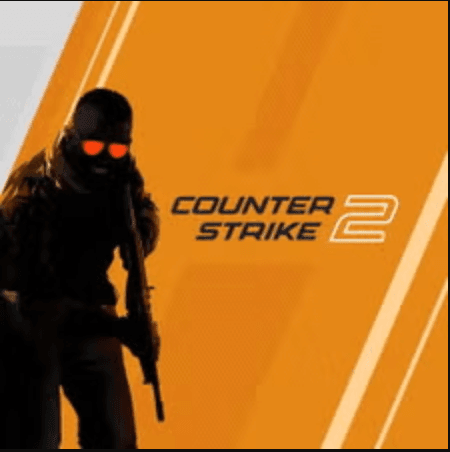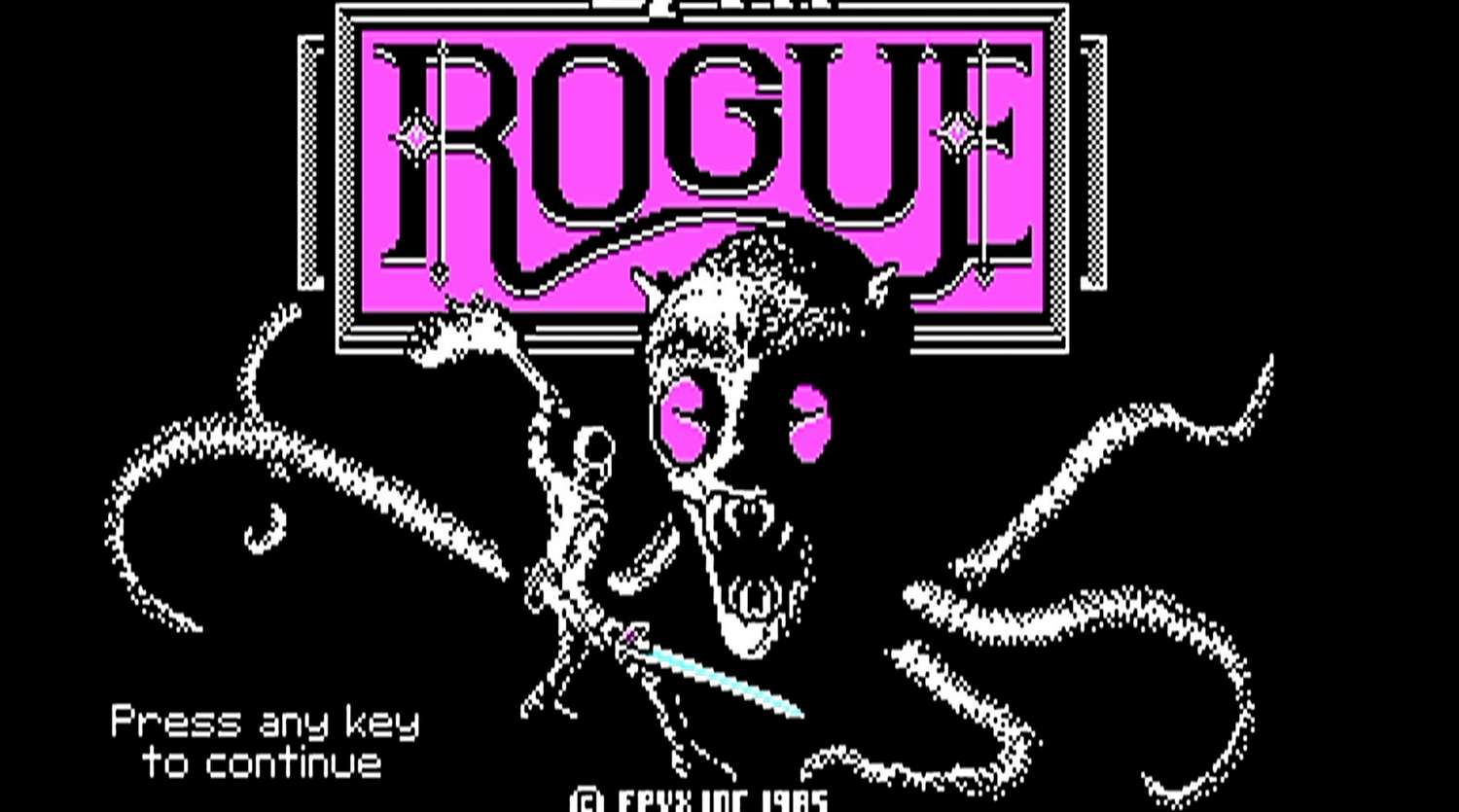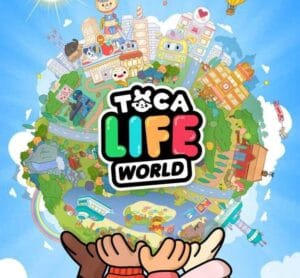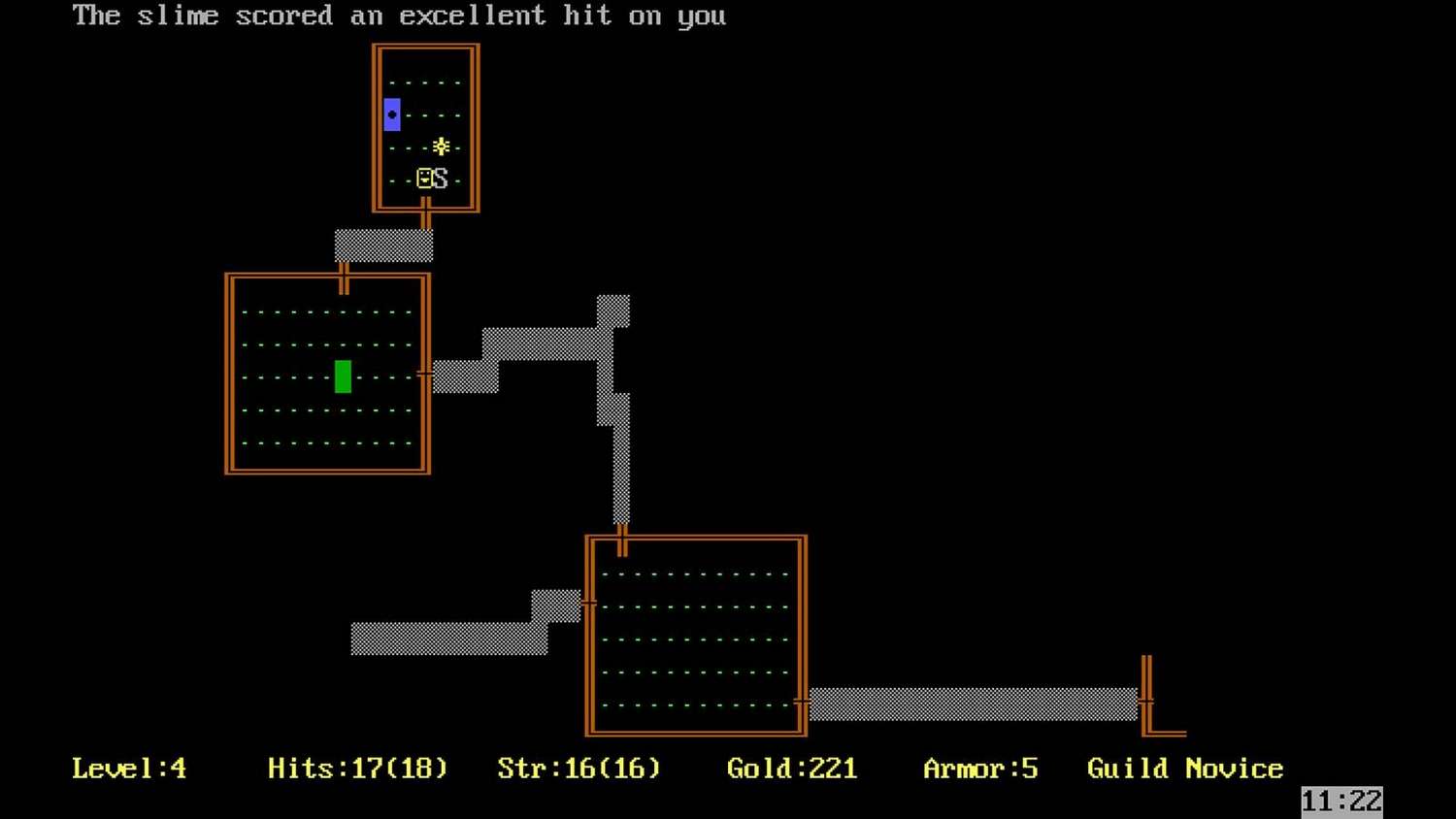A Modern Gamer’s Odyssey into Rogue (1980): Unpacking the Genesis of a Genre
Popular Now
 NBA 2K24
NBA 2K24
 Warframe
Warframe
 Valorant
Valorant
 Fall Guys
Fall Guys
 Poppy Playtime
Poppy Playtime
 Free Fire Max
Free Fire Max
 CarX Street
CarX Street
 Genshin Impact
Genshin Impact
 Among Us
Among Us
 Counter-Strike 2
Counter-Strike 2 
In the vast, ever-evolving landscape of video games, certain titles stand as monumental pillars, their influence rippling across decades and shaping entire genres. For many contemporary players, the term ‘roguelike’ conjures images of vibrant, challenging indie darlings like Hades, Dead Cells, or Slay the Spire. Yet, to truly understand the essence of this popular genre, one must journey back to its primordial ooze: the original Rogue: Exploring the Dungeons of Doom, released in 1980. For a gamer accustomed to high-fidelity graphics and intricate tutorials, embarking on a first playthrough of *Rogue* is not just a dive into a classic PC game; it’s an archaeological expedition into the very bedrock of digital adventure.
The Unforgiving ASCII Frontier: First Impressions
My initial encounter with *Rogue* was, frankly, jarring. Stripped of the lush visuals and intuitive interfaces of modern gaming, I was confronted with a stark world rendered entirely in ASCII characters. The ‘@’ symbol represented my character, ‘D’ for a dragon, ‘$’ for gold, and ‘H’ for a healing potion. This minimalist aesthetic, born of technological limitations, immediately presented a unique challenge: the game demands imagination. It’s not just about understanding symbols; it’s about translating them into a mental image of a dark, dangerous dungeon, teeming with unknown horrors and potential treasures.
The learning curve is steep, almost vertical. There’s no hand-holding, no quest markers, and certainly no minimap. Players are dropped into the dungeon with only the most basic instructions, left to deduce the functions of various items and the behaviors of monsters through trial and error—an experience that often ends in permadeath. This brutal honesty is a defining characteristic and a stark contrast to the often-forgiving nature of contemporary titles, immediately highlighting *Rogue*’s foundational role in high difficulty and strategy game design.
Core Mechanics That Defined a Genre
Despite its rudimentary presentation, *Rogue*’s brilliance lies in its groundbreaking mechanics, many of which are now synonymous with the roguelike genre and its more forgiving sibling, roguelite games. These include:
- Procedural Generation: Every single dungeon level in *Rogue* is randomly generated. This means no two playthroughs are ever alike, offering immense replayability and ensuring that players cannot simply memorize layouts. This innovation was revolutionary for its time and remains a cornerstone of endless gaming experiences today.
- Permadeath: The ultimate consequence. When your character dies, that’s it. Your progress is wiped, and you start anew from level one. This mechanic instills a profound sense of caution and tactical thinking, making every decision weighty and every encounter potentially fatal. It’s a core design philosophy that elevates the stakes significantly.
- Turn-Based Combat: Movement and actions occur in discrete turns, allowing players to carefully consider their next move without the pressure of real-time reflexes. This emphasizes strategic planning over twitch reactions, a characteristic many modern RPG mechanics still embrace.
- Unidentified Items: Potions, scrolls, and other items appear with generic labels (e.g., ‘a red potion’). Their effects are unknown until used or identified, often with dangerous consequences. This creates a thrilling element of risk and discovery, forcing players to experiment and adapt.
- Resource Management: Managing health, food, and inventory space is critical. Starvation is a constant threat, and every item picked up or dropped has implications for survival. This intricate balance of resources keeps players constantly engaged in tactical decision-making.
The synergy of these elements creates a unique loop of exploration, risk, and reward. Each death is not a failure but a lesson, imparting valuable knowledge for the next attempt. This iterative learning process is incredibly compelling, even decades later.
 Rogue’s Enduring Legacy and Impact
Rogue’s Enduring Legacy and Impact
It’s impossible to overstate *Rogue*’s contribution to video game history. Its innovations laid the groundwork for an entire lineage of games, making it a true genre-defining title. The immediate successors, often dubbed ‘roguelikes,’ adhered closely to *Rogue*’s strict rules, including ASCII graphics and permadeath. Examples include NetHack, Angband, and Dungeon Crawl Stone Soup.
However, *Rogue*’s influence extends far beyond these direct descendants. The principles of procedural generation and permadeath, combined with incremental progression, fueled the creation of ‘roguelites’ – games that retain the core loop of death and rebirth but often incorporate permanent unlocks, better graphics, and more diverse gameplay mechanics. This evolution has birthed some of the most critically acclaimed and commercially successful indie games of the past decade. For instance, the feeling of despair when you die, only to immediately restart, is a direct lineage from *Rogue*’s unforgiving design. The thrill of discovering a powerful new combination of items, or learning a monster’s weakness, also echoes the deep strategic layers *Rogue* first introduced.
Understanding *Rogue* is not just about appreciating gaming history; it’s about understanding the DNA of modern game design. Its focus on replayability through randomness, the tension of permadeath, and the satisfaction of mastering complex systems remain incredibly relevant. Even today, game developers draw inspiration from its elegant design to craft experiences that are endlessly engaging and challenging.
Is Rogue Still Worth Playing in 2024?
For the modern gamer, playing *Rogue* in 2024 is an exercise in both historical appreciation and self-reflection. It forces one to strip away the comforts of modern gaming and confront the raw, unadorned challenge that captivated early enthusiasts. It’s not a game for everyone; its archaic interface and brutal difficulty can be off-putting. However, for those willing to invest the time, *Rogue* offers a profoundly rewarding experience.
It’s a testament to timeless design, proving that innovative mechanics and challenging gameplay can transcend graphical limitations. Playing *Rogue* provides a deep understanding of why roguelikes are so compelling and how fundamental design choices made over 40 years ago continue to shape the digital entertainment landscape. It’s more than just a retro gaming curiosity; it’s a vital piece of interactive art that every serious gamer should experience at least once to truly appreciate the lineage of their favorite titles. This journey into the past unequivocally solidifies *Rogue*’s place as a foundational pillar in the vast pantheon of video game innovation and an evergreen example of how a challenging core loop can lead to endless replayability.







 Rogue’s Enduring Legacy and Impact
Rogue’s Enduring Legacy and Impact